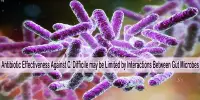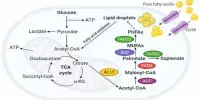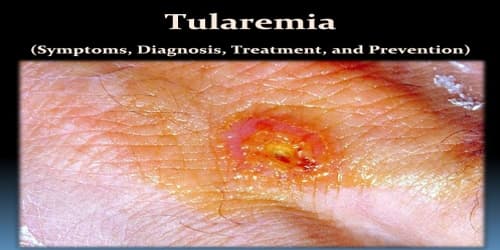Neglected Tropical Diseases (NTDs) refer to a diverse group of communicable diseases that primarily affect the world’s poorest and most marginalized populations. These diseases are prevalent in tropical and subtropical regions, and they often go unnoticed or receive little attention, leading to their designation as “neglected.”
More than 1 billion people, or one-sixth of the world’s population, suffer from neglected tropical diseases. These diseases, which affect some of the world’s poorest and most remote people, have terrible health effects but frequently receive little attention from international funding organizations and pharmaceutical corporations.
Given that many neglected tropical diseases are brought on by parasites with expansive, complicated genomes, studying them can also be challenging.
Now, in a bid to make it easier to study these neglected diseases, researchers at the George Washington University, in collaboration with colleagues in France and Germany, have developed a model organism from a genetically modified parasitic worm.
The team identified four so-called genomic safe harbor sites in the chromosome of the parasitic worm, Schistosoma mansoni. These “Goldilocks” sites are places where genes or genetic elements can be safely inserted without damaging the organism.
The article was published in the journal Cell Reports Methods.
The term “neglected tropical diseases” was coined by the World Health Organization (WHO) to highlight the disparities in research, funding, and public health efforts for these conditions compared to more high-profile diseases.
Using CRISPR technology, Wannaporn Ittiprasert Tanno and Paul J. Brindley, research professors of Microbiology, Immunology, and Tropical Medicine at the George Washington University School of Medicine and Health Sciences, successfully inserted a transgene into a genome safe harbor site, that when expressed in the worm, fluoresces as bright green.
NTDs are often associated with poverty, lack of access to clean water and sanitation, inadequate healthcare infrastructure, and limited resources for prevention and treatment. Efforts to combat neglected tropical diseases involve a combination of strategies, including mass drug administration, improved access to healthcare and sanitation, vector control, research and development for new treatments and diagnostics, and raising awareness about these diseases’ impact on affected communities.
With the ultimate goal of generating novel medications and vaccines to cure and prevent schistosomiasis and other related disorders, the researchers claim that their approach establishes a model that might be used to test other gene treatments on helminth parasites.
















